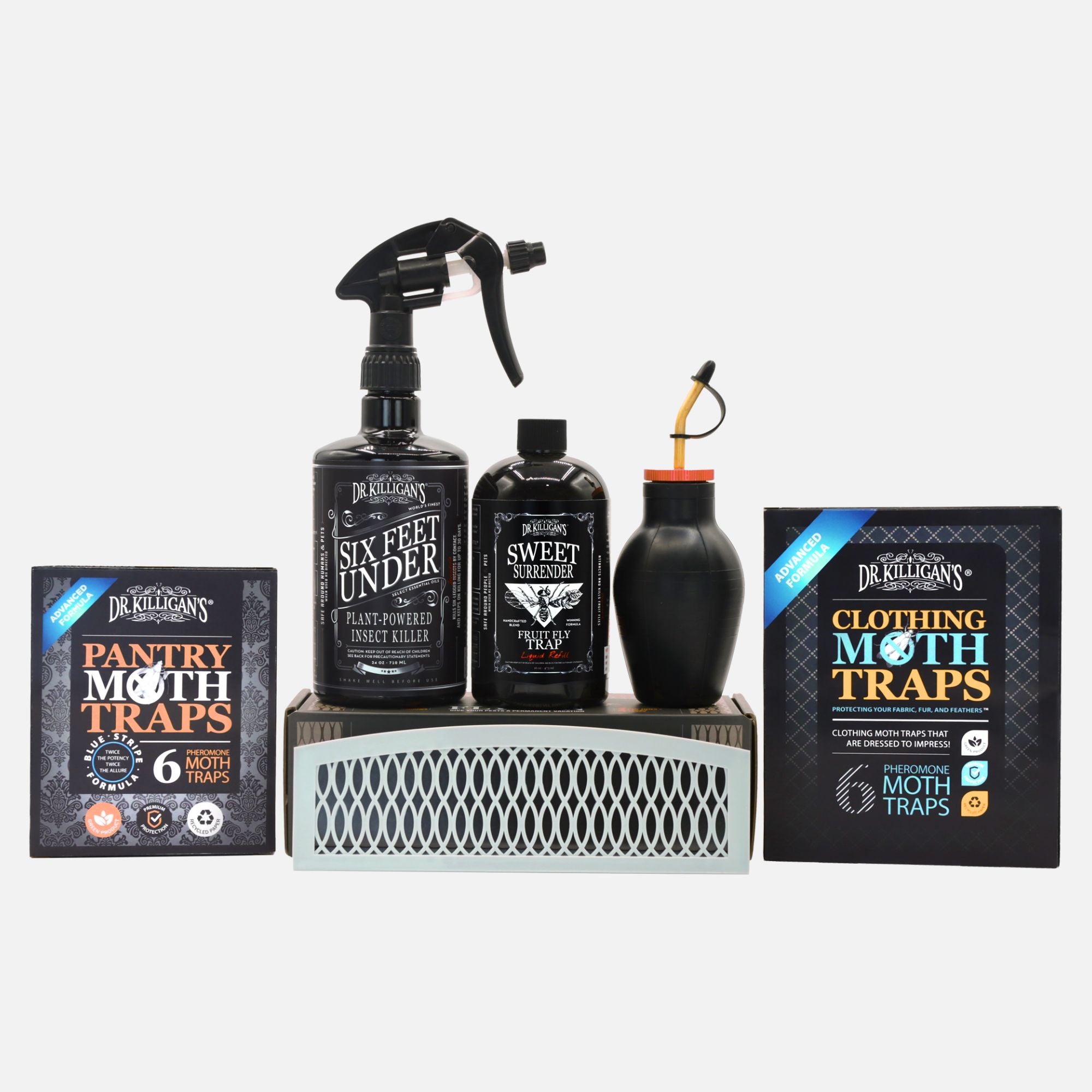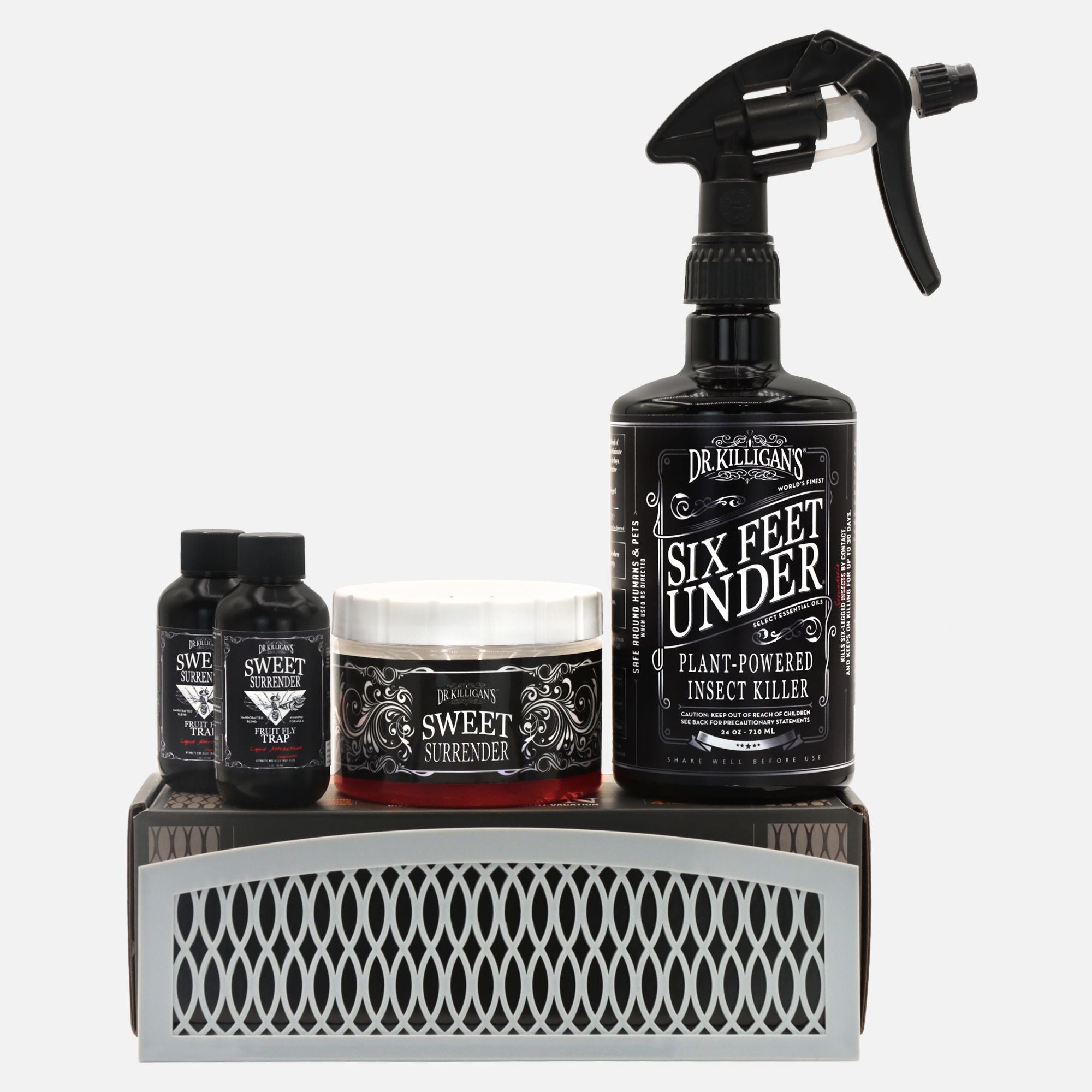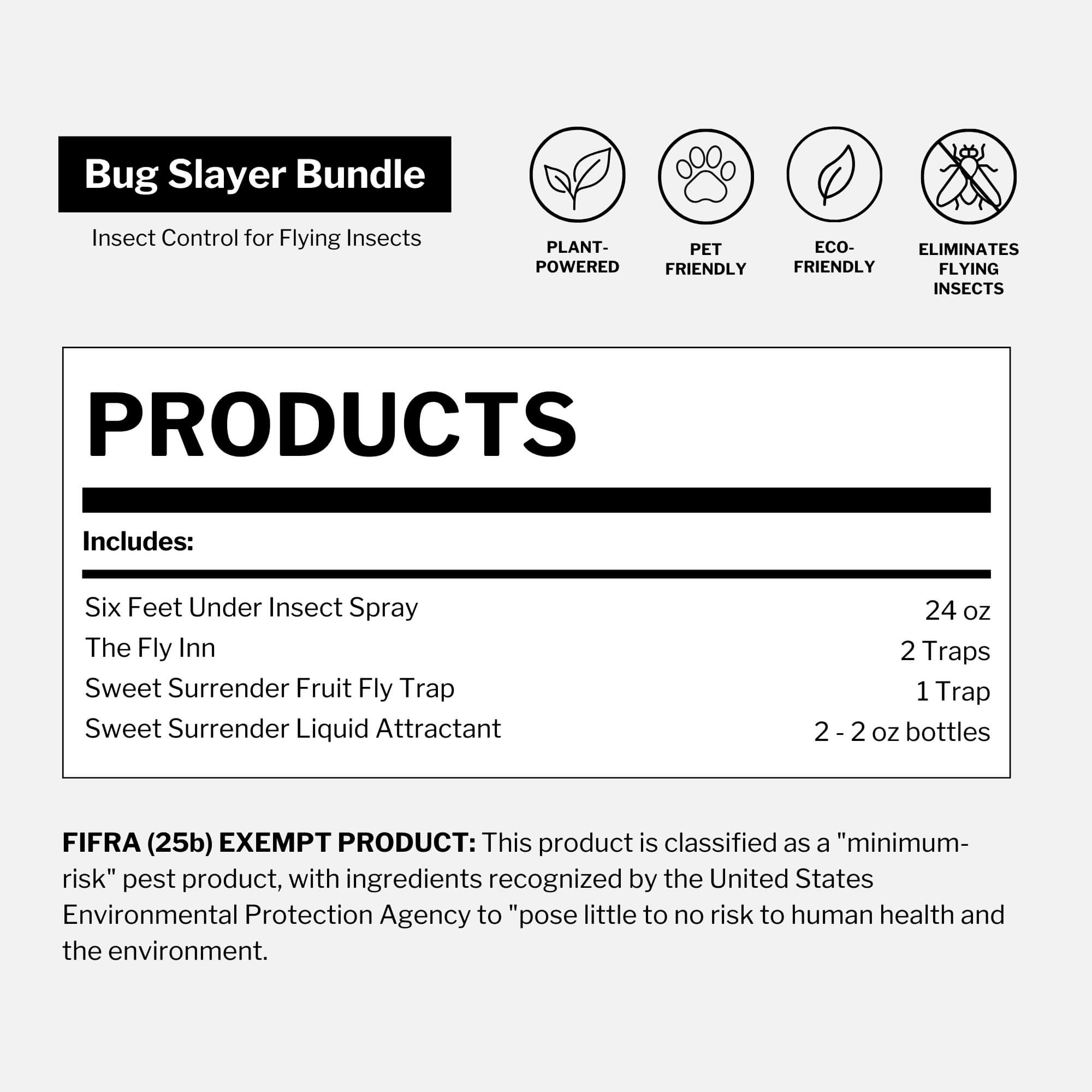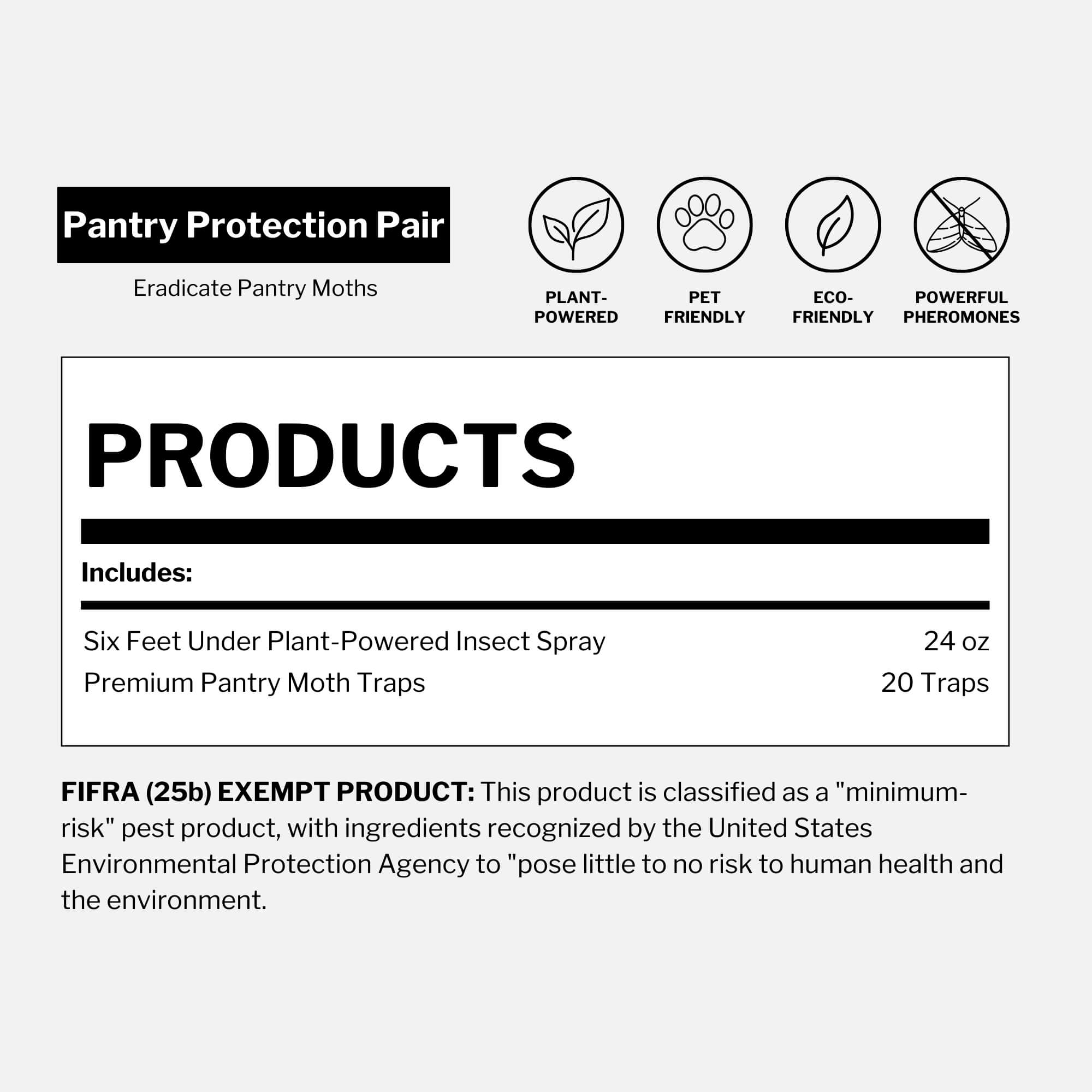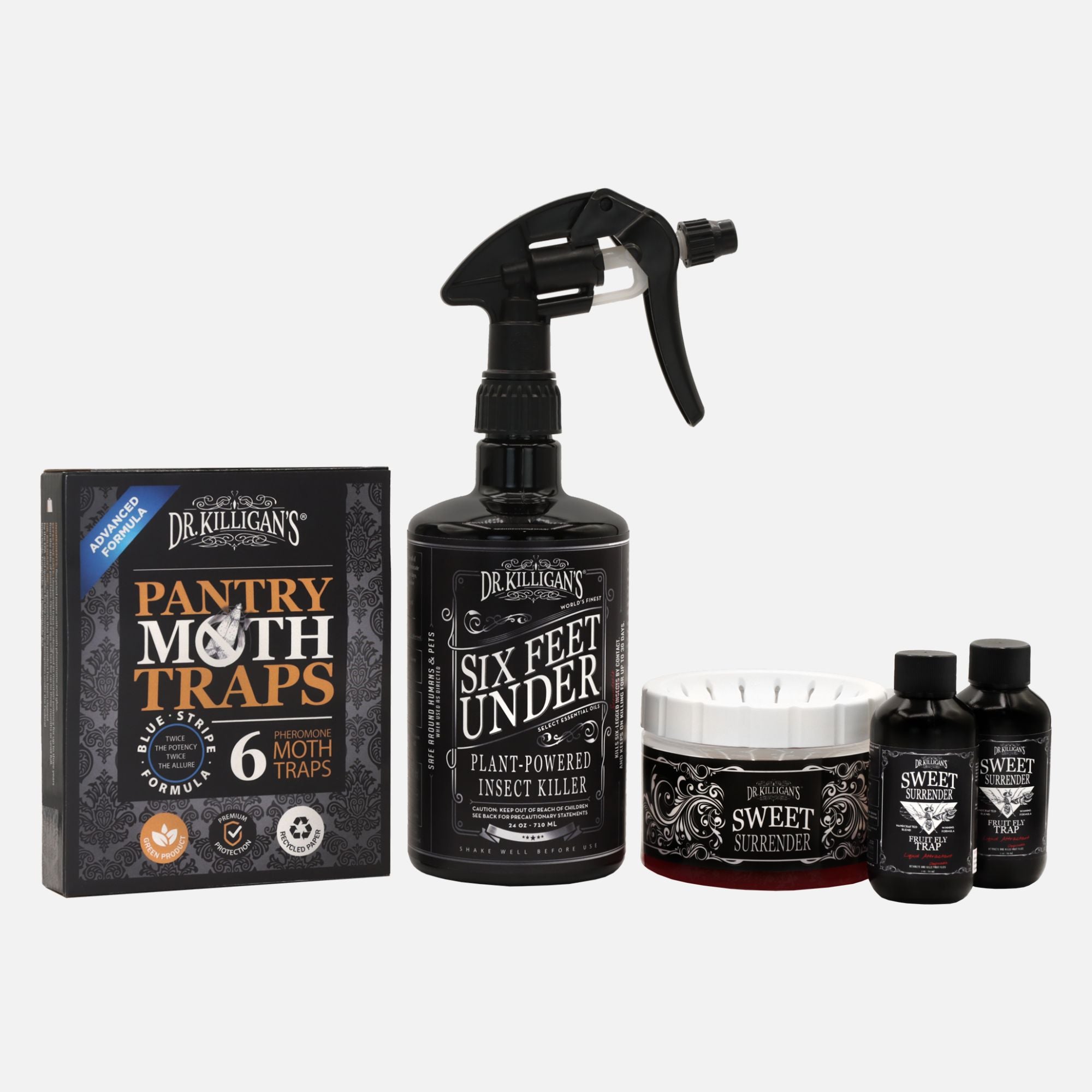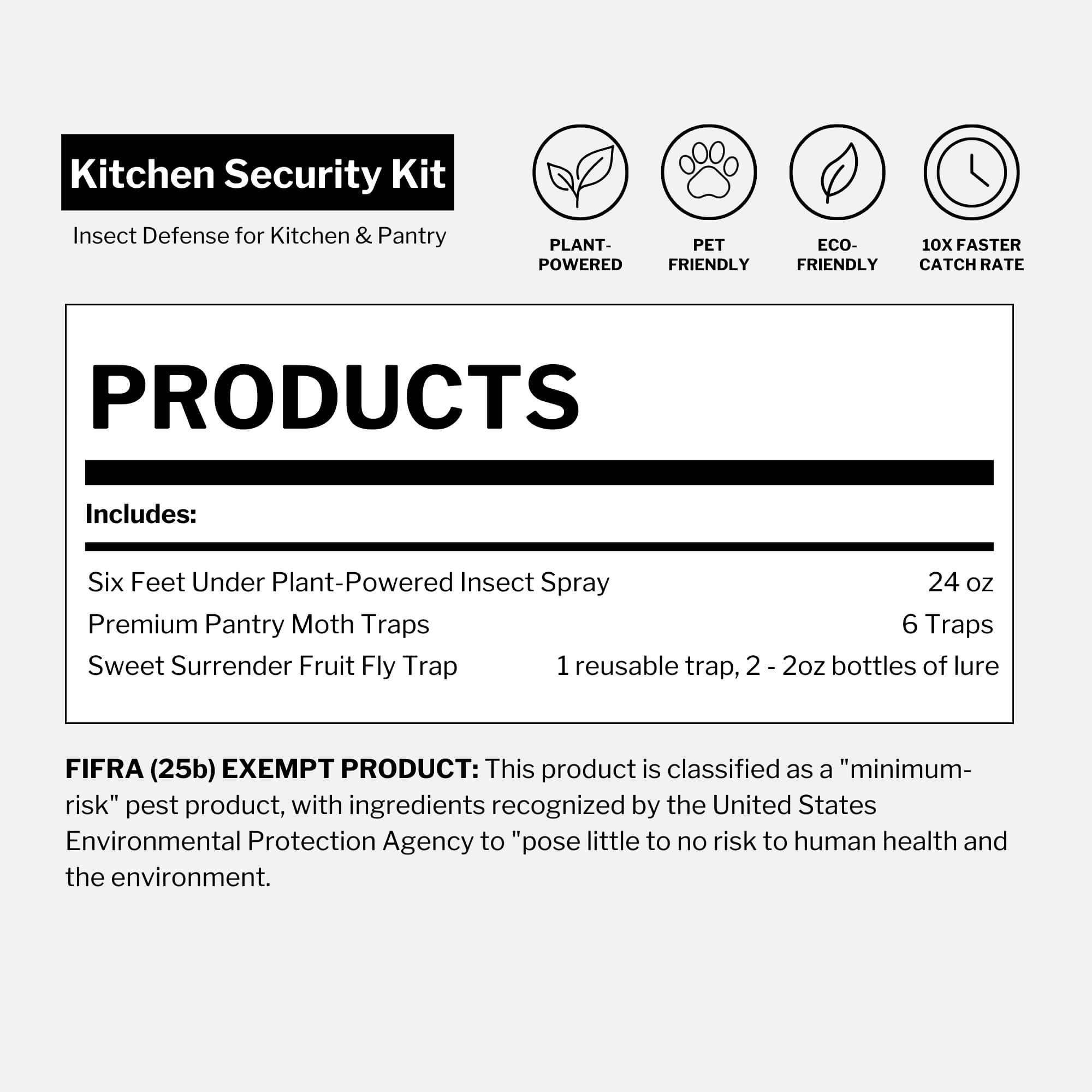Updated on April 3rd, 2025
Silverfish, often called silverfish bugs or silver fish, are small, six-legged wingless pests frequently found in houses, especially in damp areas. If you’ve ever spotted silverfish in house spaces—like dark corners or behind furniture—you know how unsettling their sudden appearances can be. These pests search tirelessly for bits of food and shelter, often thriving unnoticed until an infestation is well underway.
Silverfish in house environments are more common than you might think—especially in basements, bathrooms and kitchens.
During a recent trip to Ireland, I heard about a woman who had to navigate an exceptionally massive infestation of silverfish. She told Dublin Live that they were so numerous she found them in her baby’s milk, slept with a hooded jacket on because she was "afraid those things will crawl all over me,” and saw upwards of 60 a day.
Living in an apartment complex made the infestation difficult to control, as silverfish were everywhere—in the communal area downstairs and in the apartments of others living there.
After hearing this woman’s story, I decided to share research on silverfish bugs, including how to get rid of silverfish, how to spot silverfish eggs and how to prevent silverfish infestations
Are silverfish harmful?
Silverfish bugs may not bite, but they are harmful to your belongings and peace of mind, wreaking havoc on your lifestyle—gingerly chewing the corners of family photographs, nibbling away at your favorite novels and dragging their teeth (thanks to their weak jaws) across your well-worn Saturday-morning sweatshirt as you sip lukewarm coffee.
Having silverfish in house environments isn't just unsettling—they can quietly damage books, stain your fabrics yellow with their urine and even ruin keepsakes.
However, they are not harmful in the sense of carrying diseases. Silverfish:
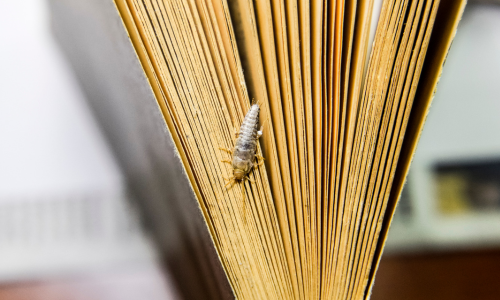
- Do not carry viruses (like some flies)
- Do not carry bacteria (like ticks)
- Do not carry fungi
- Do not carry parasites (like cockroaches)
- Do not bite (like some ants)
- Do not sting (like wasps)
- Do not carry venom or other poisonous toxins (like some spiders)
- Do not suck blood (like mosquitoes)
While they don’t carry diseases, silverfish can still spread contaminants. Just as an ant walking across your picnic lunch can transfer germs from one surface to another—like your apple core—silverfish (and other insects) can do the same. Silverfish walk around a lot and not always in the most sanitary locations (think trash cans and public bathrooms). Thus, they can pick up germs from these locations and then transport them to your house, depositing them on food prep surfaces, around your food storage area and in your silverware drawer.
Silverfish can also trigger allergic reactions, especially in cases of severe silverfish infestations where silverfish scales and dust build up. Silverfish (and firebrats), unlike other insects, molt continuously throughout their lives, passing through 45 to 60 instars (or development stages) in their lifetime: from egg to baby silverfish (a nymph) to larvae to adult. If your home isn’t vacuumed and dusted regularly, their external shell molting can become a part of your household dust. Over time, this dust may irritate those allergic to silverfish. Their scales contain a protein called tropomyosin, which can combine with other allergens and trigger reactions. Allergic reactions may include coughing, sneezing, congestion and rashes.
What do silverfish eat in your house?
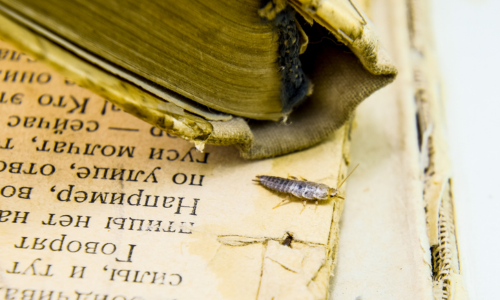
Wondering what silverfish eat in your house? These pests consume paper, fabric, glue and even dandruff—making silverfish in house spaces a real threat to your belongings. Their diet includes various paper products, natural fibers, adhesives and even organic debris. Because they can digest polysaccharides—complex carbohydrates like cellulose and starch—they damage books, clothing and stored food.
Common items silverfish eat
- Paper & books – Book bindings, wallpaper, photos, envelopes, cardboard and newspapers
- Fabrics & clothing – Cotton, linen, silk, rayon and starched garments
- Dry food sources – Flour, oats, cereals, pasta, rice, sugar and bread
- Natural fibers – Jute, rope and plant-based materials
- Organic debris – Mold, fungi, dead skin cells, dandruff and dust
- Other insects & byproducts – Shed exoskeletons, dead insects and insect waste
- Adhesives & glue – Wallpaper paste, bookbinding glue and starch-based adhesives
Even without access to food, silverfish can survive for months, making them a persistent household pest.
How do I get rid of silverfish?
Silverfish are one of the oldest and most primitive known insect species to still crawl our planet. Folks have been trying to get rid of them for a long, long time.
So, how to get rid of silverfish: There are five proven methods to eliminate silverfish bugs and silverfish eggs from your home. You’ll need a combination of moisture control, regular cleaning and targeted treatments like Six Feet Under and Dust to Dust.
1. Reduce humidity
Silverfish live and develop in moist, humid places, needing high humidity levels to survive—typically between 75% and 95%. High-humidity areas in your home tend to be your laundry room, bathroom, basement or attic. Use a dehumidifier and make the environment uninhabitable for silverfish.
2. Vacuum frequently
Regularly vacuum your carpets, floors and upholstered furniture. Use a wand extension to get into any cracks, crevices and corners. Remember that silverfish are nocturnal and like to remain in dark, out of the way spaces during the day. By vacuuming, you can reduce the number of places they use for shelter.
3. Use Six Feet Under
Silverfish often lay their silverfish eggs in hidden, humid locations and rarely appear in the open. Using essential oils to kill silverfish is a natural, effective approach. Spray Six Feet Under Plant-Powered Insect Spray into any cracks and crevices between floorboards and baseboards to kill silverfish eggs on contact. If you have wallpaper, carefully inspect it for any peeling, as you may need to apply Six Feet Under where peeling is present, as the silverfish could be living, eating and laying eggs here.

Note: Silverfish eggs are yellow, about 1 millimeter long, (about half the height of a nickel) and more elliptical than circular.
4. Use the Insect Buster
Fill the Insect Buster with Dust to Dust Plant-Powered Insect Powder. This fine-grain, porous powder is highly abrasive, breaking down an insect's exoskeleton and causing dehydration, which leads to death.
Dust to Dust is a plant-powered alternative to diatomaceous earth (DE), delivering kill times up to 50% faster.
Tip: Using a precision applicator like the Insect Buster ensures even distribution and prevents messy, inaccurate placement, making direct application more effective.

For best results, apply a light, even layer into cracks and crevices. In humid areas, such as basements and bathrooms, distribute a thin barrier of Dust to Dust along room perimeters and entry points like windows and baseboards. Reapply as needed to maintain effectiveness. Dust to Dust is safe for use around family and pets when applied as directed.
5. Store all dry goods in airtight plastic containers
This is a simple but powerful way to get rid of silverfish and prevent them from invading your food storage areas. Seal all cereals, flours, grains, pastas, beans and dry pet food.
How to keep silverfish out for good
Dealing with silverfish in house spaces, including tackling baby silverfish, can feel like an uphill battle—but it doesn't have to be. By combining moisture control, regular cleaning, airtight storage and plant-powered solutions like Six Feet Under and Dust to Dust, you can break the cycle and keep silverfish from returning.
Remember, even if these pests seem harmless at first glance, they can damage the things you value most. Stay vigilant, inspect often and maintain a dry, clutter-free home to send silverfish packing for good.



